
|   |

|   |
Rajika Puri's Eleni of Sparta - Sunil Kothari e-mail: sunilkothari1933@gmail.com March 28, 2014 An Indo-Greek retelling inspired by Homer's Illiad and Odyssey, and Bettany Hughes' Helen of Troy, Rajika Puri's Eleni of Sparta was commissioned by Anita Ratnam for her Arangham Trust and Kartik Fine Arts' 'Epic Women' conference and premiered as 'a work- in- progress' in Chennai in December 2012. Rajika further worked upon it and staged it at Sacred Rivers Festival at Ahalyabai Fort at Maheswar in February 2013. The present version under review was presented at Habitat Centre, New Delhi on 20th March 2014 under the aegis of Kri Foundation. I knew Rajika as a Bharatanatyam dancer, as she was introduced to me by the renowned painter Vivan Sundaram many years ago in Delhi. We once again got connected at Toronto during a conference in 1980. Since then we have remained in touch with each other, and during my Asian Cultural Council Fellowship in New York, we used to meet regularly and often went to see dance, theatre at Brooklyn Academy of Music (BAM). Rajika had continued her dancing besides Bharatanatyam, learning Odissi. She performed internationally for many years in traditional solo recitals. But it was in 1986 when she played the dual role of Narrator/Kali for a Lincoln Centre production of Transposed Heads by Julie Taymor (of The Lion King fame), that she found her metier and began to develop a form of danced storytelling in which she sings in Sanskrit and narrates in English text as she dances. Parallel to this aspect, she had an active career in western theatre, performing in major western classics like Euripides' The Bacchae, Shakespeare's Macbeth and Cymbeline (Off Broadway, New York), Merchant of Venice, Romeo and Juliet, and a modern adaptation of Racine: Phaedra Britannica. Her films include Mira Nair's Missisippi Masala, Dev Benegal's Split Wide Open and in a scene as Ben Kingsley's sister in his latest film. It was in 2009 that I saw Rajika's evening length works like Tapasya: Ascetic Power and Tales of the Ganges, unfolding a theme through choreographed dances set to 'new' Indian music and danced stories from Indian myth. She also produced and choreographed a solo show, Devi Malika: A garland of danced stories, on the feminine divine in India. It was presented Off Broadway in 2008. A versatile artist, Rajika has a cross cultural perspective of her productions. She writes and lectures on Indian dance and theatre. She has been curating two major dance festivals in New York and also is advisor to major dance presenters in New York. We have participated in Dance Critics Association seminars. And I got several opportunities to interact with her multifarious activities. Besides this, she also gives pre-performance lectures on stage with illustrations and demonstrations at venues like World Music Institute and Cleveland Museum of Art. With a very wide ranging career, she has continuously focussed on her solo storytelling form of performance. 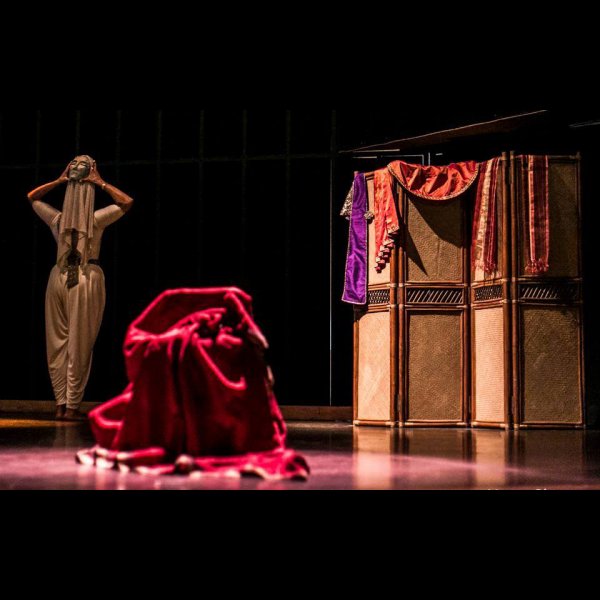  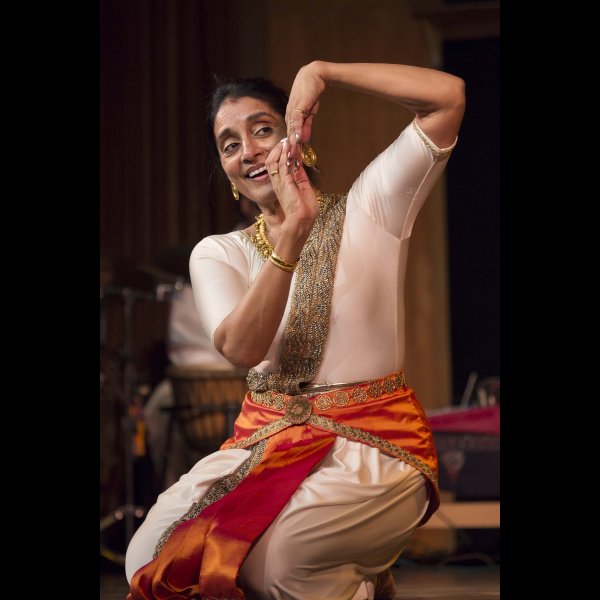 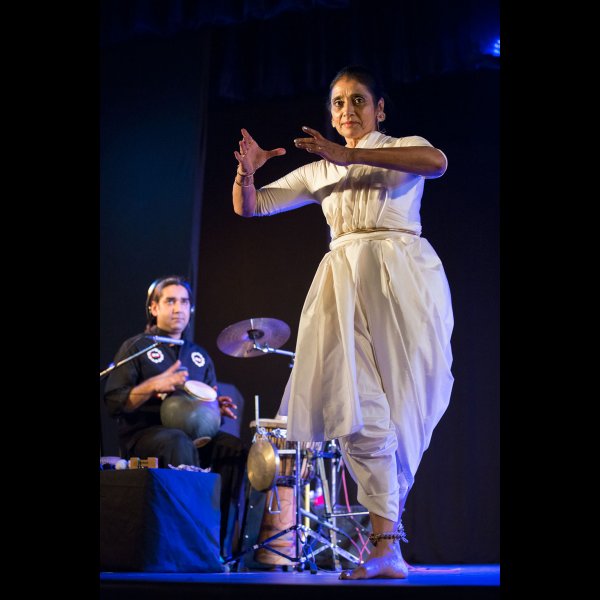 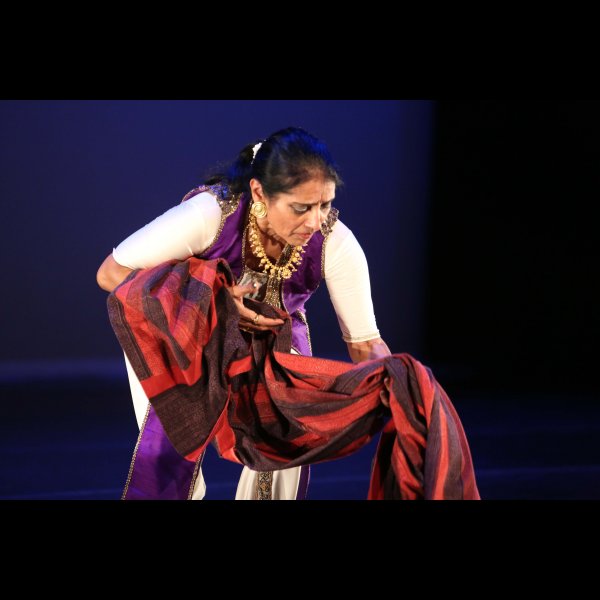 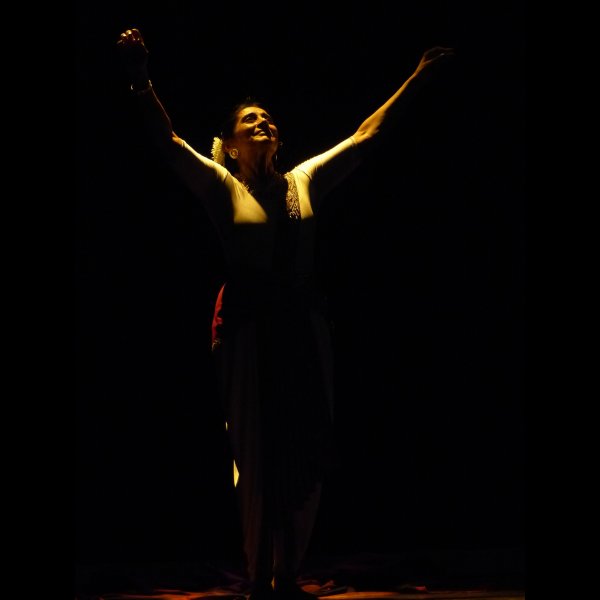 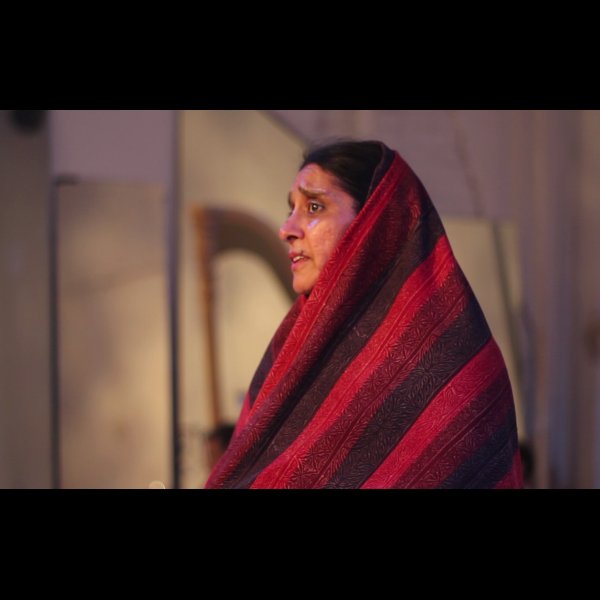 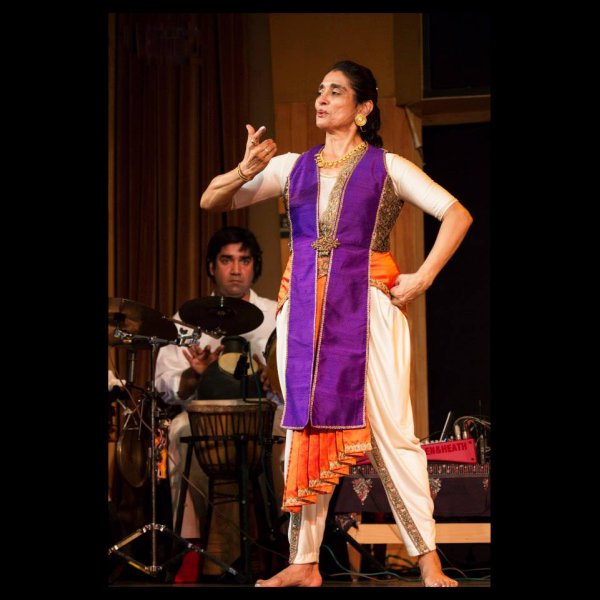 Eleni of Sparta is her first 'non-Indian' story. Evidently, Rajika has undertaken a great deal of research work, visiting Greece and studying the classics Homer's Illiad and Odyssey and Bettany Hughes' Helen of Troy. Eleni is commonly known as Helen of Troy. With her training in western music Rajika adapts songs, singing when performing and with powerful voice tells the story engaging attention of the audience. Taking cue from Sanskrit plays she impersonates the role of a Sutradhar (storyteller) and using ekaharya lasyanga principle of Natyashastra, in which a character enacts various roles in a solo performance in one costume, she successfully employs that style, combining acting, dancing and singing. She has named it as Sutradhari Natyam. Eleni of Sparta unfolds in seven episodes. She has modelled each episode on a different genre of Odissi dance, with music set to ragas derived from the six Hindustani thaats (scales) that are equivalent to ancient Greek melodic modes, and as she states in her programme book, 'and Greek folkloric rhythms similar to those of Odissi dance and music.' A collaborative work enlisting support from various artists, Rajika acknowledges direction by Elise Thoron, western music advisor Justine Chen, for mask and costume design Camille Assaf-Doshi, for bansuri flautist Eric Fraser and for harp Bridget Kibbey. Music is conceived by herself, using lyrics from Homer and Sappho, melodies for which are composed by Eric Fraser. The live music is provided by multi-percussionist Suchet Malhotra, well known for his solo stories through Sound, with ensembles like Ethno, chamber soloists Lucerne. He has worked with Pina Bausch and Sheela Raj, has composed music for a documentary film Jashn-e-Azaadi, has played at the World Economic Forum in Davos and Delhi Jazz Festival. He performs on drums from the major rhythm cultures of the world - tabla and kanjeera, flamenco cajon, Cuban bongos, Australian aboriginal didgeridoo etc. It was obvious that after the two performances of work-in-progress Rajika shaped the present work giving it final touches as a professional presentation. Right from the opening, telling and enacting the story of Eleni born of Zeus and Nemesis, dealing with section of infant -shishu - recalling how Nemesis as goose tried to escape when God Zeus (a mythological character like our Indian mythology Indra) in guise of a swan attacks her, leaves an egg from which are born Eleni and Aphrodite, and two brothers. In the second episode we see her as maiden - kanya - dancing at temple of Artemis. Rajika recites the bols (mnemonic syllables) singing with gentle footsteps and graceful movements. Eleni is abducted by Thiseus, King of Athens and is rescued. She was so beautiful that all the princes and kings wanted to marry her. Several were her suitors like Ajax, prince of Salamis, Diomidis, prince of Argos Patroklos, friend of Achilles. One is reminded of those famous lines, 'Was this face that launched a thousand ships, and burnt the topless towers of Ilium?' (Christopher Marlow Doctor Faustus, Act V scene 1.) But as a bride, like a swaymavara as Draupadi was married to Arjuna, Eleni chooses her husband Menelaus, brother of Agamemnon, King of Mycenae. Rajika draws parallels and resonances with a bronze-age world in the epic Mahabharata. It was then agreed among all her suitors that they will always save her whenever she is in trouble. The storyteller speaks of the time when Eleni falls in love with Paris, prince of Troy. As Navaragni, New Queen, she lives with Paris. Using Odissi hastas, Rajika enacts the kiss and moves joyously. Eleni plays with a scarf given as a gift by Paris, throws it up and it floats in the air. She is madly in love with Paris and marries him. Therefore she is twice married (punarvivahita). Agamemnon launches a war against city of Troy, demanding that Eleni and her wealth be returned. And the terrible war takes place. The sutradhar enacting Priamus says: 'Assembled on the field of Troy, gathered together itching to fight my sons, the Greek armies, what do they do, O shining one!' (meaning Eleni). Using poetic licence Rajika as the storyteller recites from Bhagavad Gita: 'Dharmakshetre Triyakshetre .... Yavanascha... ' and describes the war. Achilles entering the war is enraged at his blood brother Patroklos' death by Prince Hector, Paris' elder brother. We see Priamus watching from the walls, devastated at death of Hector, prince of Troy, Eleni's brother-in-law in her second marriage. These scenes are powerfully enacted by Rajika. After the war Eleni is back in Sparta and remembers the war, the red cloth with which she covers herself, displays her inner agony and pain. In Sparta she is treated as Maharagni, the great queen. In the end she is enshrined in Sparta as goddess Devi. Rajika sings and stands with arms spread heavenwards and lights dim slowly. Using all the theatrical devices, acting, singing, dancing, hand gestures, registering expressions vividly, Rajika has displayed in this production her command over dramatic talent. She modulates voice (vachikabhinaya) suitably, sings furthering the story, including Greek verses and moves assuredly on the stage. The few clothes she hangs on a stand she uses for characterisation imaginatively. The use of a red cloth as walls of Troy from where Priamus watches is a powerful image. Similarly the cloth turns into fallen Hector's body which Priamus lifts with grief, leaving an indelible impression. The use of mask, which she places on the altar, the appropriate music describing Zeus with his weapon like vajra of Indra, with thunder, is excellent. The musical nuances, touches, which Suchet and she have worked out for dramatic effect adds to the dramatic story telling. I must confess that I did not know the story well, except that as we all know that war was waged for Helen of Troy and the giant horse was brought from which soldiers jump out during war. But the version which Rajika has created as she mentions in her note is 'from the perspective of a culture that understands female power, Shakti.' The finale with Eleni 'the shining one' establishing her as goddess is powerful. I had not understood when she recited 'Dharmakshetre Triyakshetre....' and when she explained that she had used Troy for Triyadeshe it made sense. Unfortunately, when one listens to Dharmakshetre, one automatically recites Kurukshetre. But with an explanation, one sees that it is well coined for the war and seems apt. Many in the audience appeared not very familiar with Greek mythology and I must say that it was very courageous of Rajika to handle this character of Eleni with various episodes as she has planned. I was keen to have choreographer's note from Rajika for, it helps not only audiences not familiar with the story but also those who do not know the nuanced elements of the story. A choreographer/storyteller's note helps in appreciating such subtle touches. With an extremely well prepared programme book, giving full credit to all who worked with her for this production, Rajika has acknowledged each one and has shown that such work demands lot of preparation, since it is an Indo-Greek retelling of the story. It indeed is an improvement on her other productions which Rajika presents regularly during her tours abroad and also within USA.  Dr. Sunil Kothari is a dance historian, scholar, author and a renowned dance critic. He is Vice President of World Dance Alliance Asia Pacific India chapter, based in New Delhi. He is honored by the President of India with Padma Shri, Sangeet Natak Akademi award and Senior Critic Award from Dance Critics Association, NYC. He is a regular contributor to www.narthaki.com, the roving critic for monthly magazine Sruti and is a contributing editor of Nartanam for the past 12 years. Post your comments Pl provide your name and email id along with your comment. All appropriate comments posted with name and email id in the blog will also be featured in the site. |